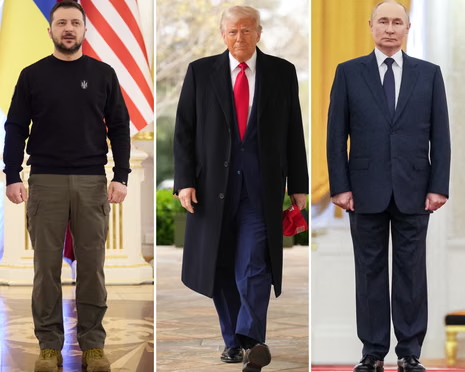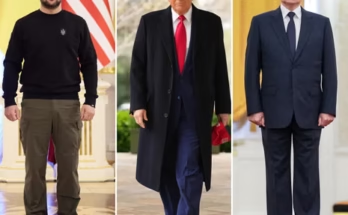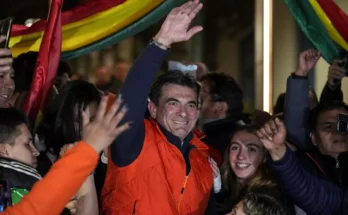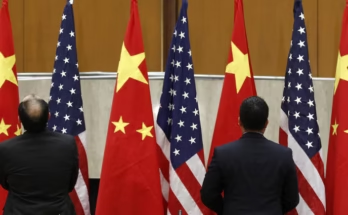In a development that could redefine the trajectory of the Russia–Ukraine war, Bloomberg reports that the United States and Russia are negotiating a truce agreement that would acknowledge Russia’s control over large swaths of Ukrainian territory. The proposed deal, still in the early stages, has ignited fierce debate among Ukraine’s allies, who fear it could permanently cement Moscow’s battlefield gains.
What’s in the Proposed Truce?
While official documents remain undisclosed, sources familiar with the talks describe the potential agreement as including:
-
Recognition of Russian control over Crimea and four eastern regions: Donetsk, Luhansk, Kherson, and Zaporizhzhia.
-
Ceasefire along current front lines, with both sides halting major offensives.
-
Security guarantees for Ukraine, though NATO membership would remain off the table.
-
Partial lifting of sanctions on Russia in exchange for peace and prisoner swaps.
According to diplomatic insiders, the U.S. is positioning the deal as a “pathway to stability” while acknowledging political realities on the ground.
How Did We Get Here?
Stalled Ukrainian Counteroffensive
Ukraine’s summer 2025 counteroffensive has struggled to make significant gains, especially in the heavily fortified Donbas region.
War Fatigue in the West
Economic strain and political fatigue in the U.S. and Europe have weakened public support for indefinite aid.
Russia’s Consolidation of Gains
Since 2022, Russia has entrenched military control over key territories, integrating them into its administrative and economic systems.
Reactions From Kyiv
Ukrainian President Volodymyr Zelenskyy remains steadfast in his rejection of any settlement that legitimizes Russian territorial claims. His administration warns that:
-
Legitimizing occupation could embolden future Russian aggression.
-
Such a deal would betray Ukrainian sovereignty and the sacrifices made by its people.
-
Acceptance could fracture Ukraine’s domestic political unity.
Global Response: Divided Opinions
Supporters of a Deal
Some Western politicians and analysts argue that a truce could:
-
Save lives by ending active combat.
-
Provide economic relief to Europe by stabilizing energy markets.
-
Allow Ukraine to rebuild and regroup.
Critics of a Deal
Others see it as a dangerous precedent that rewards military aggression. The Baltic states, Poland, and much of Eastern Europe have voiced strong opposition.
Impact on NATO and EU
The deal could strain NATO unity, with eastern members demanding continued military resistance while western economies push for diplomacy. EU sanctions policy would also face challenges if any rollback is part of the truce.
Russia’s Perspective
For Moscow, such an agreement would:
-
Solidify gains without the risk of further military escalation.
-
Weaken Western unity and undermine NATO credibility.
-
Lift some economic pressure, giving breathing space to its economy.
Risks and Uncertainties
Even if signed, the truce would face major hurdles:
-
Enforcement: How would ceasefire violations be handled?
-
Political backlash: Could spark unrest in Ukraine and Russia alike.
-
Frozen conflict: Risk of the war resuming in future years.
Conclusion
The proposed U.S.–Russia truce talks mark one of the most significant diplomatic shifts since the war began in 2022. Whether seen as a pragmatic path to peace or a capitulation to aggression, the outcome will shape not just Ukraine’s future, but the entire post-Cold War security order in Europe.
FAQs
Q1: Is the truce deal confirmed?
No, it’s still in early negotiations with no formal agreement signed.
Q2: Would Ukraine be part of these talks?
Yes, Ukraine would have to agree, though it currently rejects the terms.
Q3: Why would the U.S. consider this?
To end a costly war and stabilize global markets, while reducing military risks.
Q4: Could this lead to lasting peace?
Possibly, but many fear it could simply freeze the conflict for future escalation.



